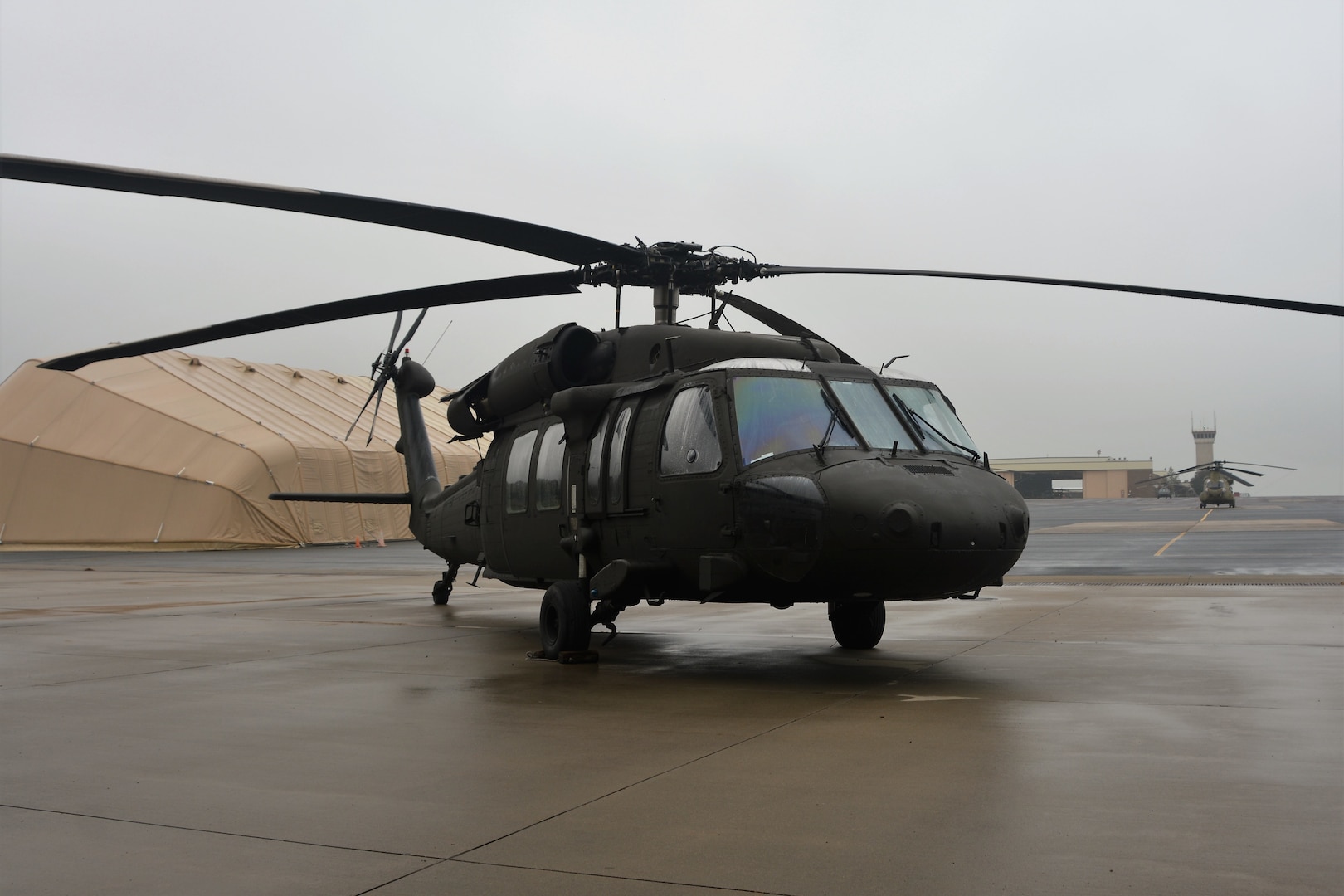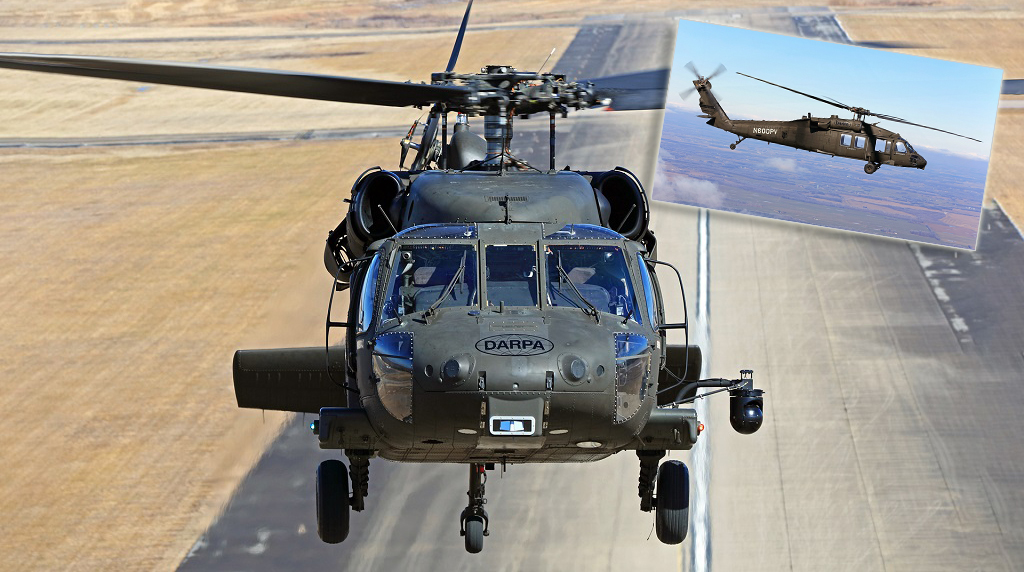UH 60 Helicopter: Advanced Avionics and Combat Systems
Wiki Article
The Impact of Sustainable Practices on the Future of Aircraft Operations and Emissions Decrease
As the air travel sector encounters boosting examination over its environmental impact, the fostering of lasting methods arises as an essential pathway towards future aircraft procedures and exhausts reduction. Developments in sustainable air travel gas and improvements in hybrid propulsion innovations stand at the center of this makeover, appealing substantial decreases in greenhouse gas exhausts. The effective combination of these campaigns pivots on a selection of elements, including regulatory structures and industry partnership. The question remains: exactly how will these advancing methods reshape the dynamics of flight and add to an extra sustainable future?
Introduction of Sustainable Practices
Sustainable methods in aircraft operations incorporate a series of strategies aimed at minimizing ecological impact while maintaining functional performance. These methods are vital in the air travel market's dedication to reducing its carbon impact and adhering to international ecological criteria. Secret efforts include maximizing flight paths to reduce gas intake, enhancing maintenance methods to ensure aircraft run at peak effectiveness, and implementing advanced modern technologies such as winglets and light-weight materials that improve the rules of aerodynamics.
Educating and involving personnel on sustainability techniques likewise play a crucial duty, cultivating a society of ecological responsibility within organizations. In general, the assimilation of these sustainable methods not only aids reduce exhausts yet likewise boosts the lasting viability of the air travel market, ensuring it satisfies the needs of both customers and regulative bodies while adding to global sustainability goals.
Cutting-edge Gas Alternatives
Many ingenious gas alternatives are arising as pivotal solutions to minimize the aviation sector's reliance on standard fossil fuels. Among these options, Lasting Air travel Fuels (SAFs) have acquired considerable focus because of their prospective to reduce lifecycle greenhouse gas exhausts by up to 80% contrasted to traditional jet gas. SAFs are obtained from different feedstocks, including waste oils, agricultural residues, and even algae, making them a functional option for the sector.Another encouraging option is hydrogen fuel, which, when utilized in gas cells, produces only water vapor as a by-product. This zero-emission potential presents a significant chance for decarbonizing trip procedures, specifically for short-haul trips and regional airplane. Furthermore, electric propulsion systems are being explored, leveraging battery innovation to power aircraft. While present battery capacity limitations array and haul, continuous advancements may quickly provide electrical flights feasible for particular applications - uh 60.
Last but not least, biofuels obtained from biomass are being examined, supplying an eco-friendly alternative that can be mixed with typical gas. Collectively, these innovative fuel choices represent a crucial step towards accomplishing a sustainable aeronautics ecological community, aligning with global emissions decrease targets and enhancing the sector's environmental stewardship.
Technological Innovations in Air Travel

How can technological advancements improve the future of air travel? Advancements such as electrical and hybrid propulsion systems are at the forefront, promising significant reductions in fuel usage and greenhouse gas exhausts.
In addition, the implementation of advanced products, such as lightweight compounds, contributes to improved aerodynamics and fuel effectiveness. Making use of expert system and machine learning in flight operations enhances course planning and lowers fuel burn by enabling real-time modifications based on climate and traffic problems. Additionally, the development of autonomous and remotely piloted aircraft systems stands to reinvent cargo and traveler transportation, possibly boosting performance while lessening human mistake.
Moreover, sustainable aviation modern technologies, consisting of advanced air website traffic administration systems, can enhance operations and minimize congestion, causing lower exhausts during flight. These improvements collectively represent a standard change in aviation, guaranteeing a future where sustainability and functional efficiency are intertwined, thereby supporting the market's commitment to decreasing its environmental influence.

Regulatory Framework and Compliance
Taking into account the expanding focus on ecological stewardship within the aeronautics field, the regulatory structure governing airplane operations is advancing to advertise lasting methods. Governing bodies, such as the International Civil Aeronautics Organization (ICAO) and different nationwide air travel authorities, are introducing rigid standards focused on minimizing Go Here discharges and improving operational efficiency.These regulations frequently consist of the adoption of Sustainable Aeronautics Gas (SAF), which has actually been identified as a crucial element in achieving lower carbon impacts. Compliance with these laws needs airlines to apply operational practices and sophisticated technologies, such as maximized trip courses and improved air website traffic management, to decrease gas usage.
In addition, the enforcement of exhausts trading schemes and carbon countering efforts is becoming increasingly widespread, compelling airlines to check and report their discharges properly. Non-compliance can result in substantial penalties, therefore pushing drivers to focus on sustainability in their business designs.
Ultimately, the progressing regulatory landscape not only drives innovation and financial investment in green innovations but likewise cultivates a society look here of liability within the aviation market. As these frameworks proceed to create, the emphasis on lasting methods will certainly be indispensable to accomplishing the field's lasting ecological objectives.
Future Trends in Aircraft Workflow
As the aviation sector adapts to an increasingly rigid governing environment, future patterns in airplane procedures are readied to focus on ingenious remedies that better improve sustainability and effectiveness - uh 60. Trick developments will likely include the adoption of advanced air web traffic administration systems, which utilize real-time data and synthetic knowledge to maximize trip paths, minimizing gas intake and exhaustsAn additional substantial fad is the boosted assimilation of lasting aeronautics gas (SAFs) These choices to standard jet gas, originated from eco-friendly resources, can significantly lower lifecycle greenhouse gas emissions. The industry's dedication to SAFs will likely accelerate as airlines team up with fuel producers to ensure accessibility and cost-effectiveness.
Furthermore, the press in the direction of electrification and crossbreed propulsion systems is obtaining energy. Arising airplane layouts will certainly integrate these innovations, providing quieter and much more effective operations, specifically for short-haul trips.
Verdict
In verdict, the assimilation of lasting methods in aircraft procedures holds considerable potential for exhausts decrease and improved efficiency. The fostering of visit this website lasting aeronautics fuels, coupled with innovations in electrical and hybrid propulsion systems, is necessary for reducing lifecycle greenhouse gas emissions. In addition, enhancing flight courses and accepting ingenious modern technologies contribute to a quieter and extra ecologically friendly air travel field. Jointly, these initiatives line up with global sustainability goals and lead the way for a greener future in aviation.
Technologies in sustainable air travel gas and advancements in crossbreed propulsion technologies stand at the leading edge of this makeover, promising considerable decreases in greenhouse gas emissions.Many cutting-edge fuel options are arising as pivotal services to minimize the aeronautics industry's reliance on typical fossil fuels - uh 60. Among these choices, Lasting Air travel Gas (SAFs) have actually gained substantial interest due to their prospective to lower lifecycle greenhouse gas emissions by up to 80% compared to traditional jet gas.An additional significant pattern is the boosted assimilation of lasting aviation fuels (SAFs) The adoption of sustainable air travel gas, paired with innovations in electric and hybrid propulsion systems, is important for reducing lifecycle greenhouse gas emissions
Report this wiki page